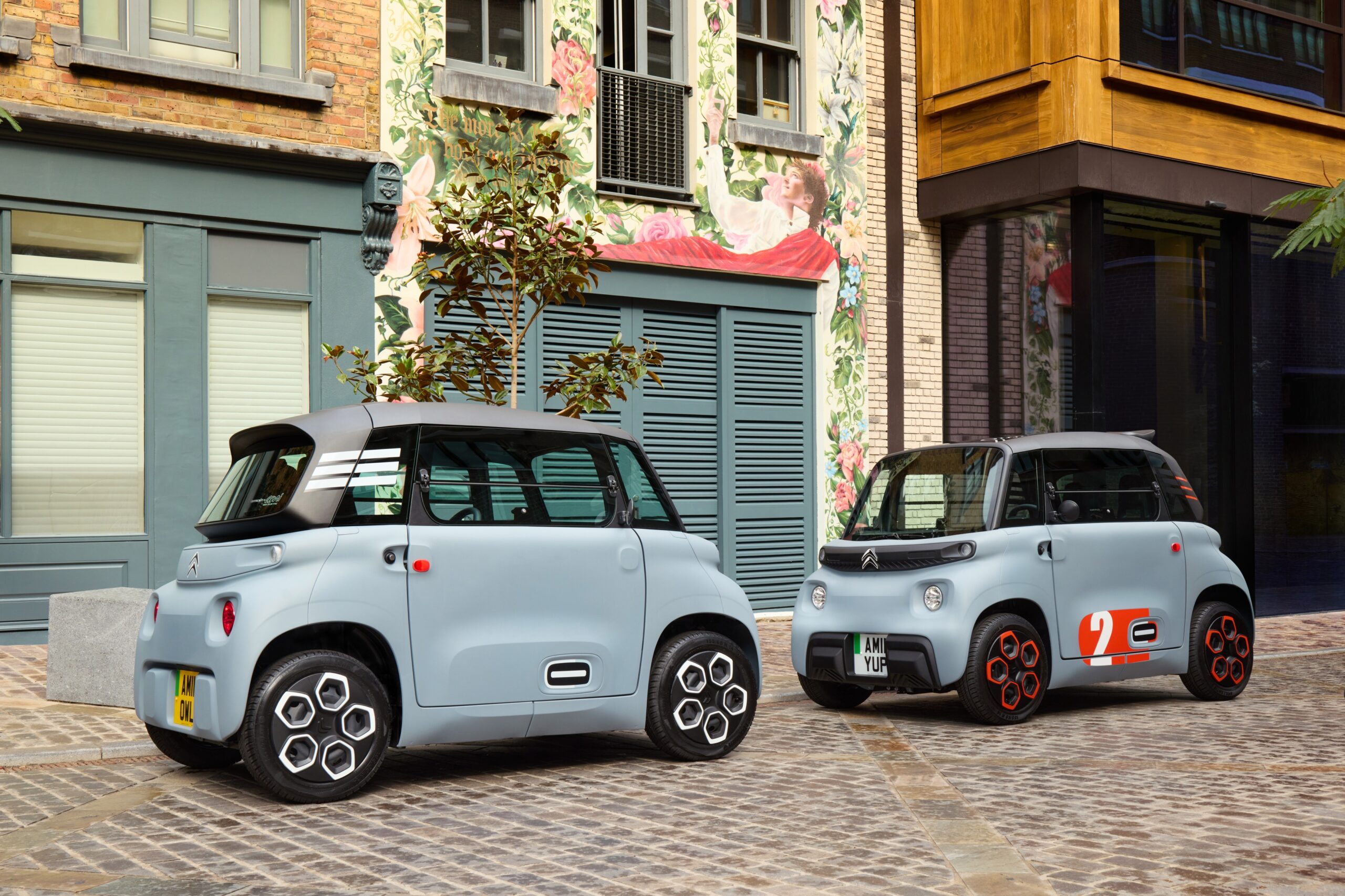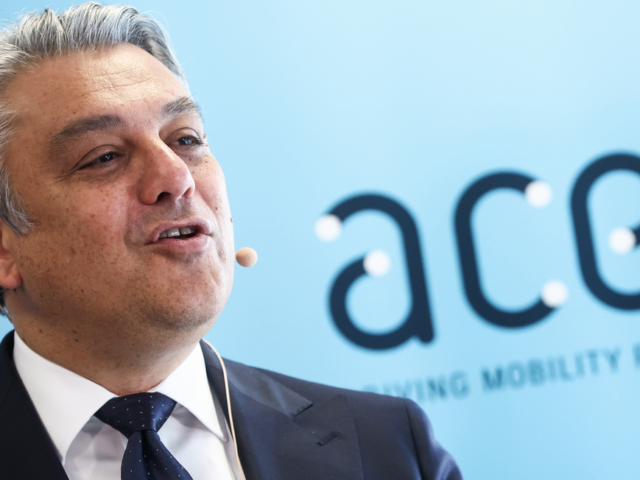Citroën has announced a plan for the future to streamline its model line-up, focusing on Europe’s primary market segments. CEO Thierry Koskas confirmed in an interview with Autocar that the brand will prioritize the B- and C-segments, phasing out smaller and larger models.
Citroën’s future range will start with the B-segment C3, including its electric variant ë-C3, and extend to the C5 Aircross in the C-segment. The compact urban vehicle Ami will remain as an exception below the C3. Koskas emphasized that Citroën seeks a presence in mainstream categories rather than niche markets. “Citroën needs to be in the main segments, not niche segments,” Koskas said.
‘Question of how you fill it’
The decision marks the end of the road for the A-segment C1 and the D-segment C5 X. The C1, already discontinued, will not see a replacement due to profitability challenges.
“If you go into the A-segment, you would expect to pay less than the B-segment, but the production costs for us are the same,” Koskas explained. Similarly, the C5 X, while not performing poorly, operates in a shrinking segment with limited prospects. “The C5 X is in a segment that practically does not exist,” Koskas noted.
Koskas highlighted an important gap in the market for electric vehicles priced between €10,000 and €20,000, situated between the Ami and the new ë-C3. However, addressing this gap presents challenges. “We have no plans at the moment, but it’s a question of how you fill it,” he said.
Citroën will leverage its new value-focused ‘Smart Car’ platform to maintain cost efficiency in its core segments. This architecture, first introduced with the new C3, uses fewer parts, making it cheaper and easier to produce. This approach aligns with Citroën’s commitment to offering affordable, simple, and comfortable vehicles.
Challenge form factors
Future Citroëns will move away from conventional hatchbacks and SUVs. Instead, the brand will introduce innovative designs that challenge form factors and market norms. “It is in the DNA of Citroën to suggest new things,” Koskas stated. “We will take risks, we need to shake the market, and Citroën can do that. We will do it in the vast majority of the European market in the B- and C-segments. That’s where we need to be.”
Koskas also touched on the brand’s future sales expectations. By 2030, Citroën anticipates that most of its sales will be electric vehicles. However, the brand will continue to produce models with internal combustion engines and hybrids to ensure affordable mobility for all.
“As a popular brand, we need to offer affordable mobility to all,” Koskas asserted. “We are aware of who we are,” Koskas said. “Affordable cars, simple cars, comfortable cars. We are not technological Christmas trees.”




Comments
Ready to join the conversation?
You must be an active subscriber to leave a comment.
Subscribe Today